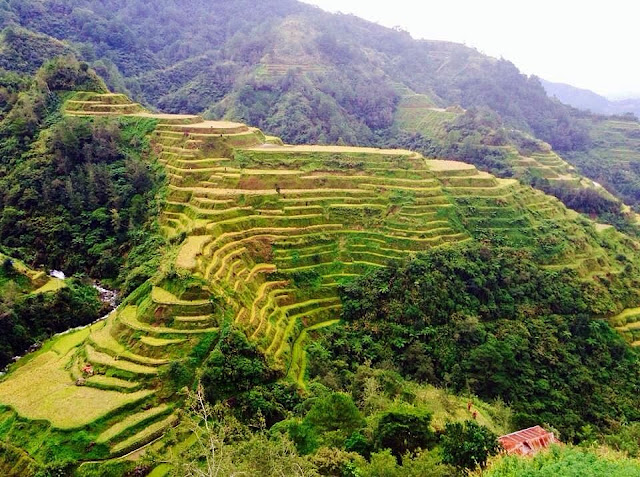Berlin, Germany
Beyond Oktoberfest: A Journey Through Berlin’s History
I thought I was headed for another Oktoberfest — the kind with overflowing beer steins, sizzling bratwurst, and the joyful chaos I once experienced in Munich. The real Oktoberfest there is pure exuberance: laughter echoing through crowded tents, brass bands playing endlessly, the air thick with the smell of roasted nuts and grilled sausages. It’s loud, carefree, and gloriously indulgent — the sort of celebration where you lose track of time in the swirl of songs and steins.
But Berlin’s “Oktoberfest ” couldn’t have been more different.
Berlin: A City Steeped in History
In Berlin, I quickly realized this trip wasn’t about holding a beer mug high — it was about holding history close. The city wears its past openly, in ways that are both haunting and humbling. Every street, every monument, every fragment of wall seems to whisper stories of courage, loss, and rebirth.
At the Reichstag, often called the People’s House, I stood in awe beneath its gleaming glass dome — a symbol of transparency in government and accountability to the people. The Brandenburg Gate, once a stark emblem of division, now stands proudly as a monument to unity and peace.
 |
| The Berlin Wall |
Then came the Berlin Wall itself. Touching its rough, cold concrete sent a chill through me — not just from the stone, but from the memory it carries. For nearly three decades, it stood as a physical scar dividing lives, dreams, and hopes. Today, fragments of the Wall are covered in color and art, transforming what once symbolized oppression into a canvas of freedom and expression. Berlin has not erased its wounds; it has turned them into lessons.
Then there’s Checkpoint Charlie, once one of the most famous border crossings between East and West Berlin. Standing there, I imagined the palpable tension that once gripped this narrow street — the standoff between Soviet and American tanks in 1961, the families torn apart by concrete and ideology, the desperate escape attempts that ended in tragedy. Today, it’s surrounded by souvenir shops and photo booths, yet beneath the surface of tourism lies the lingering ghost of fear, defiance, and longing. It’s strange to think that what is now a selfie spot was once the frontline of the Cold War.
The Holocaust Memorial — a forest of gray concrete slabs stretching endlessly in every direction — stopped me in my tracks. Walking between them feels like stepping into a labyrinth, designed to unsettle, to make you feel small and unmoored. The slabs rise and fall unpredictably, narrowing into corridors and opening into spaces that feel almost infinite, echoing the chaos and terror human cruelty can unleash.
I was instantly reminded of my visit to Auschwitz I & II in Poland. Walking through the barracks, seeing the gas chambers, and encountering the piles of shoes and personal belongings left behind, I felt the full weight of history pressing down. Those images never leave you. Standing among the slabs in Berlin, that same heaviness returned, a quiet, inescapable pressure that reminded me of the cost of forgetting.
History is not just something to observe; it is a warning. That’s why it’s so important not to be complacent when democracy is under attack. We are seeing troubling signs today in the United States, where leaders speak of “enemies within” and consider sending troops into democratic cities. History shows us how quickly fear, obedience, and propaganda can be weaponized to destroy the freedoms we often take for granted.
Walking through Berlin, I realized that memorials like these are not just about remembering the past. They are about vigilance, about understanding the fragility of human decency, and about the responsibility each of us carries to prevent the repetition of unimaginable horrors. Being there, looking, remembering, reflecting — it is both a privilege and a duty.
We cannot afford to forget
An Afternoon at Gendarmenmarkt
After such heavy reflections, I found myself in Gendarmenmarkt Plaza, one of the most beautiful squares in Europe. It was lively and full of energy. Outdoor restaurants spilled into the square, and for the first time in Berlin, I saw what reminded me of Munich’s Oktoberfest — people laughing, mugs of beer clinking, plates of food passing from table to table.
But instead of joining the crowd, I walked into the German Cathedral, which now serves as a museum. Inside, I learned about Germany’s long, hard path toward democracy — the struggles, setbacks, and eventual triumphs. Standing there, I thought about how fragile democracy really is, not only in Germany’s past but in our world today, especially in the United States.
My October Fest in Berlin wasn’t filled with parades of beer mugs and bratwurst. Instead, it was filled with lessons, emotions, and a renewed awareness of the world around me. Travel doesn’t always have to be lighthearted. Sometimes, the most meaningful journeys are the ones that stop you in your tracks, make you think deeply, and remind you of both the beauty and the fragility of freedom.
1. Reichstag
2. The Berlin Wall
3. Brandenburg Gate
4. Gendarmenmarkt
NOTE:
All photos by the author

















Comments
Post a Comment